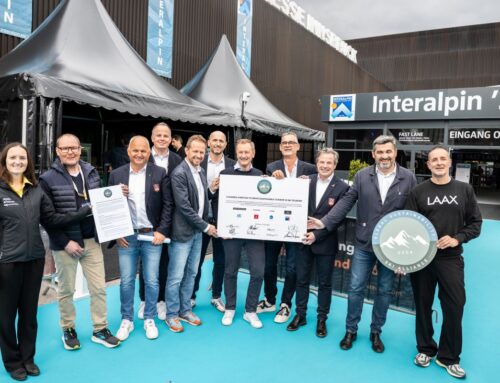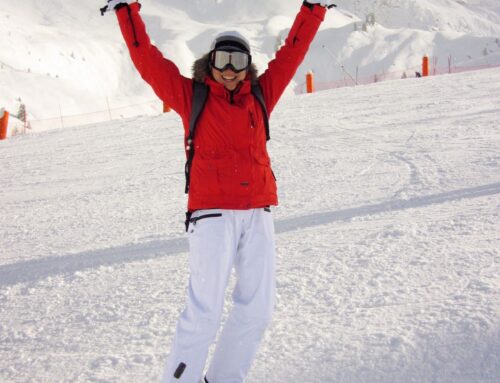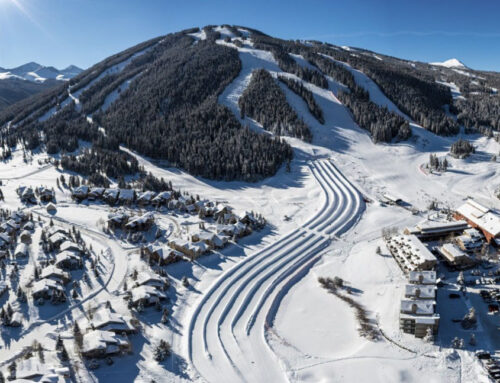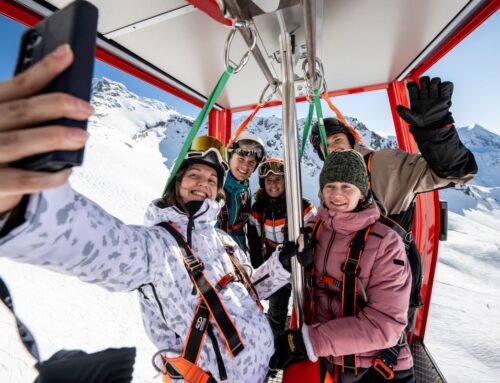
Management & Tourism, SI-Alpin
Dynamic pricing: sales or rip-off?
Pro Dynamic Pricing

Valentin König
CEO Aletsch Bahnen AG
SI: Mr König, why do you use dynamic pricing at Aletsch Bahnen AG?
Valentin König: With dynamic pricing, we efficiently design our tariffs to reflect the perceived value of a product and adapt dynamically to market demand.
This is relevant in the context of ski resorts, as the perceived value of a ski day varies considerably due to factors such as weather and seasonality.
This model takes these fluctuations into account and adjusts prices accordingly to maximise value for both customers and ski resorts.
SI: What disadvantages do you see in static prices?
Static prices cannot adequately reflect the individual and varying value judgements of customers. They ignore the complexity of the market and the significant differences in customers’ perception of value.
In a dynamic environment such as that of ski resorts, this can lead to unrealised sales potential and missed business opportunities: With static prices, we can’t capitalise on the all-important early bookings – or the high perceived value when conditions are optimal.
Dynamic Pricing
has its advantages and disadvantages, depending on who you ask. © Adobe Stock
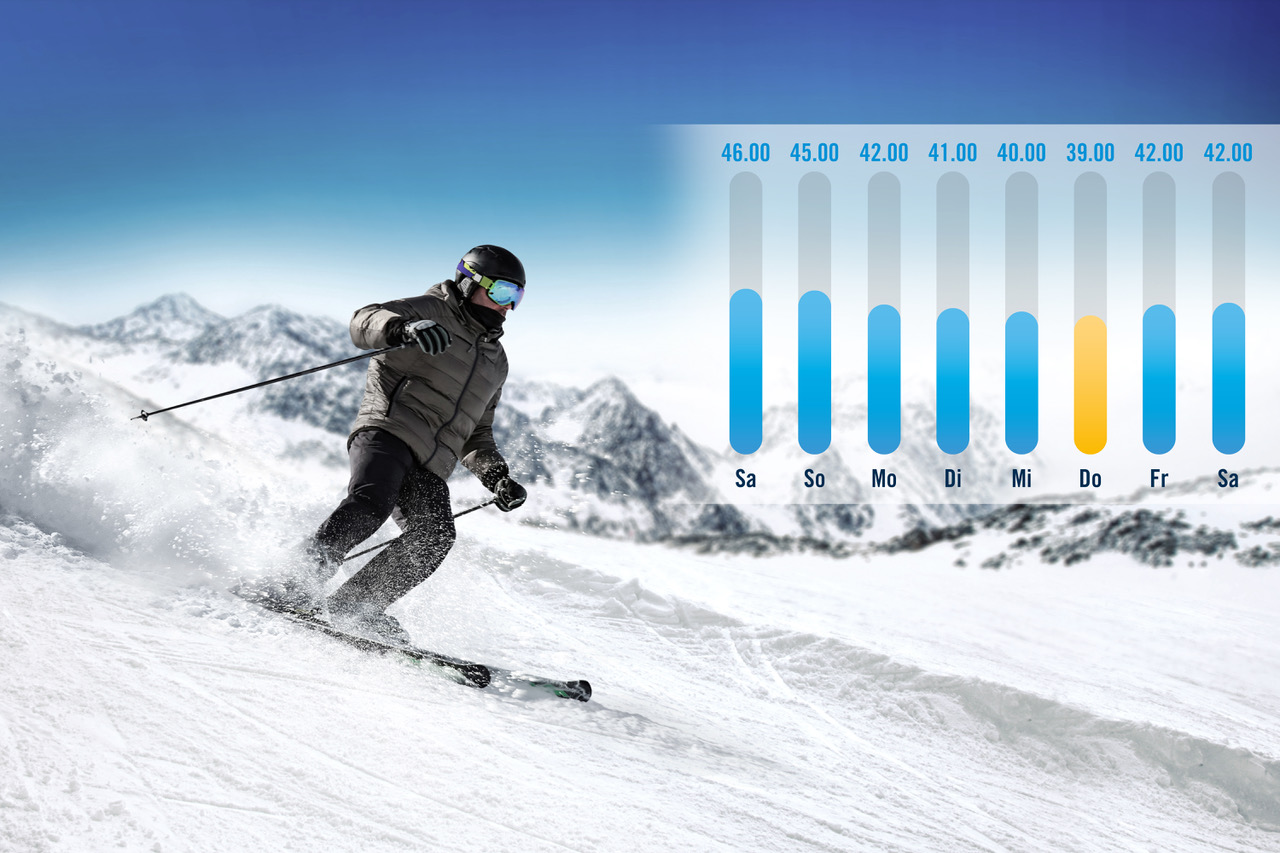
SI: How do you rate the acceptance of dynamic pricing among guests and the public?
Contrary to the often rather critical media coverage, we consider the acceptance of dynamic pricing among guests and the public to be high, especially if you take the experience of Aletsch Bahnen AG as a reference.
Our company has been using dynamic pricing for five years and has seen a significant increase in skier days during this period. This success indicates that customers not only accept the concept of dynamic pricing, but also appreciate being able to enjoy ski days at prices that reflect their perceived value.
The positive response to Dynamic Pricing at Aletsch Bahnen AG shows that it works: When models are implemented well and adapted to the specific needs and expectations of customers, they not only meet with a high level of acceptance, but also increase customer satisfaction and loyalty.
Dynamic Pricing
Early booking discounts transfer the weather risk to the customer.

SI: How will the topic of dynamic pricing develop in the industry?
Given the increasing importance of data analysis and real-time feedback, I expect dynamic pricing to become even more important in the industry.
The ability to react flexibly to market changes and adjust prices is increasingly seen as crucial to success and competitiveness.
This is particularly true in an economic environment characterised by inflation and changing customer needs. Overall, in the dynamic world of ski resorts, dynamic pricing offers a way to respond effectively to changing market conditions and customer needs by taking into account perceived value and varying demand.
Dynamic Pricing - Pro
In the current ski season 2023/2024, half of the major Swiss destinations are already adopting the “dynamic pricing model“ – according to the industry association, Seilbahnen Schweiz. Medium and smaller mountain railways have so far tended to stick with the classic model with fixed prices, such as for day and week passes. German and Austrian ski resorts are following suit with “dynamic pricing.“
Philipp Lütolf from the Lucerne University of Applied Sciences has examined the effects of dynamic pricing based on 65 Swiss ski resorts. According to his findings, a dynamic pricing model can generate additional revenue – either through more guests or higher revenue per guest. Especially for early bookers, the weather risk is transferred to the guest. Depending on the weather, season, day of the week, demand, and booking timing, prices vary.
Consumers are already accustomed to dynamic pricing – think air travel. Thanks to dynamic pricing, ski resorts know exactly how customers respond to price incentives – according to Christian Fichter from the Kalaidos University of Applied Sciences.
Contra Dynamic Pricing

Isabella Dschulnigg-Geissler
Managing Director Saalbacher Bergbahnen (AT)
SI: Mrs Dschulnigg-Geissler, why are you NOT using dynamic pricing in Saalbach?
Isabella Dschulnigg-Geissler: We are far too diverse in the Alpin Card region for automated flexible prices. Our destination stretches from the Grasberge in Glemmtal to the high alpine Kitzsteinhorn.
When the season is over here at the beginning of April, you can ski much longer on the Kitz due to the altitude. Conversely, there are days when it is already uncomfortable and foggy on the glacier, while we have the best visibility in Saalbach. It is therefore virtually impossible to agree on a common daily price.
SI: What advantages do you see in static prices?
The advantage of fixed prices is that guests know what they are getting and are not surprised. In turn, we operators can calculate with fixed revenues per guest and are not dependent on fast or early bookers.
SI: Which arguments of the proponents do you find plausible – and which don’t?
Many ski resorts that rely on dynamic pricing work a lot with day guests. For this target group, a falling price may be a short-term decision-making tool.
We in Saalbach, on the other hand, only have a negligible proportion of day guests. Our customers stay for a whole week or several days. This target group buys the ski pass anyway because they come to us for their skiing holiday.
These guests would only benefit from dynamic pricing in the form of an early booking discount, because they already know when they have booked their holiday. I see the danger here that we are unnecessarily losing out on revenue.
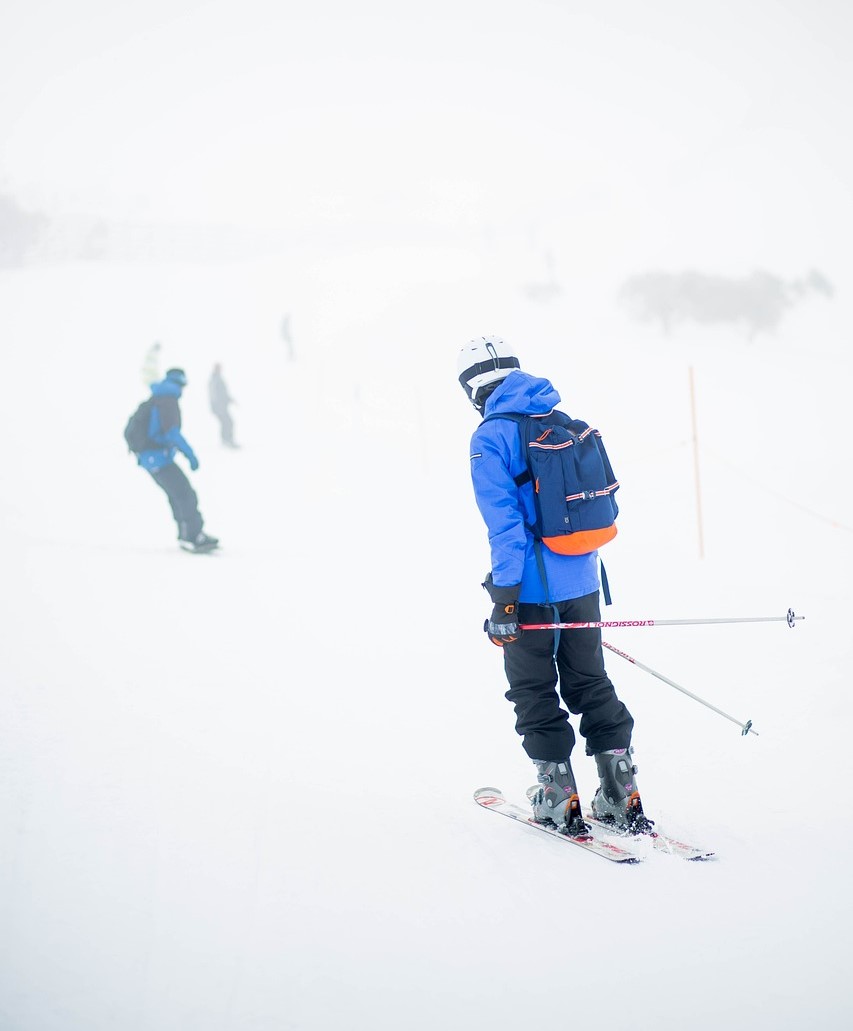
Bad weather - good price
This is what dynamic pricing promises skiers.
SI: How do you rate the acceptance of dynamic pricing among guests and the public?
Guests have learnt about dynamic pricing through air travel and flexible prices are also known in the cities – which are often based on trade fairs, congresses or events.
Nevertheless, I think that guests are longing for price certainty. We live in turbulent times, so customers are happy when they know what a service will cost.
SI: How will the topic of dynamic pricing develop in the industry?
Flexible, automated prices will become a major issue for two types of mountain railway companies: Destinations with many day guests and smaller, homogeneous ski resorts.
They will probably use dynamic pricing as an early booking system and attract guests on bad weather days by offering a cheaper price. For regions with many different characteristics – like us in the Alpin Card region – I don’t think dynamic pricing will be too much of an issue in the future!
Dynamic Pricing - Contra
The Swiss Consumer Protection Foundation criticizes “Dynamic Pricing“ as opaque and difficult to compare. General price increases would be disguised to maximize profits. Ski tourists would be penalized with significantly higher prices if they want to hit the slopes in good weather or on weekends. Own tests have found that weather and other factors have little influence on prices. The pricing seems quite arbitrary.
The Swiss Price Supervisor also expresses criticism. Generally, those who are flexible tend to benefit more from dynamic pricing models. Families are usually less flexible and therefore tend to be the losers.
Consumers are turned into suspicious bargain hunters by dynamic pricing, according to Thomas Rudolph from the University of St. Gallen (HSG). Accordingly, especially young customers often wait, where discounts threaten to become the central selling point – instead of quality or service. Older customers fear being ripped off and permanently
